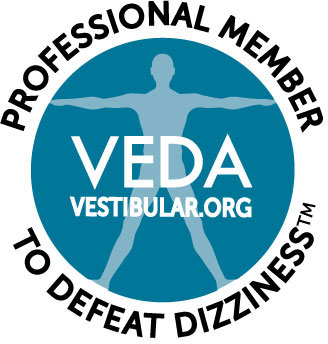I was speaking with Ellie Altman recently, a wonderful woman who works for Dr. Debby Feinberg as an educational liaison. In our conversation, Ellie used the term “visual chaos” to describe how a child with ADHD and a binocular vision disorder such as vertical heterophoria may see. Visual chaos is a fitting term in this context because when information comes into the brain through a visual system that’s not functioning properly, the information gets all mixed up, leading to chaos. Up to 50% of children with ADHD have a vision problem which contributes to reading and learning difficulties. Often, the vision problem is an eye misalignment so small that it’s missed on routine vision exams.

Is It Really ADHD?
Attention deficit hyperactivity disorder (ADHD) is a neurodevelopmental condition that most often develops and is diagnosed in childhood. Children with ADHD tend to have a hard time sitting still, controlling impulsive behaviors and paying attention. Coincidentally, these behavioral symptoms are similar to those of other medical conditions. While many children do legitimately have ADHD, for some, their problems actually stem from the eyes.
How BVD Can Affect Learning
In some cases, children who are displaying symptoms of ADHD may actually have a visual disorder known as binocular vision dysfunction (BVD), a condition that occurs due to a misalignment of the eyes. The resulting symptoms of eye strain and fatigue often make reading and writing a difficult and frustrating process for children with this condition, and trying to do their work in a busy classroom with a myriad of different visual distractions only makes this situation worse. If you notice that your child is unusually irritable, overly emotional, has difficulty concentrating or has problems reading or comprehending what they read, they may actually have BVD rather than ADHD.
What a Neurovisual Exam Entails
If your child has been diagnosed with ADHD, it would be in their best interest to have them examined by a trained neurovisual specialist at the Neuro Visual Center of New York. We will perform a complete binocular vision assessment to diagnose these very slight eye misalignments, as well as other binocular vision disorders. This specialized examination will last up to two hours and utilize many tests that aren’t part of a general eye exam. If a binocular vision problem is detected, prismatic lenses are used to realign the eyes. This quickly leads to a higher level of visual functioning, without lengthy and expensive vision therapy.
To learn more about BVD and how it relates to ADHD, fill out our BVD questionnaire or call our office at (516) 224-4888.





